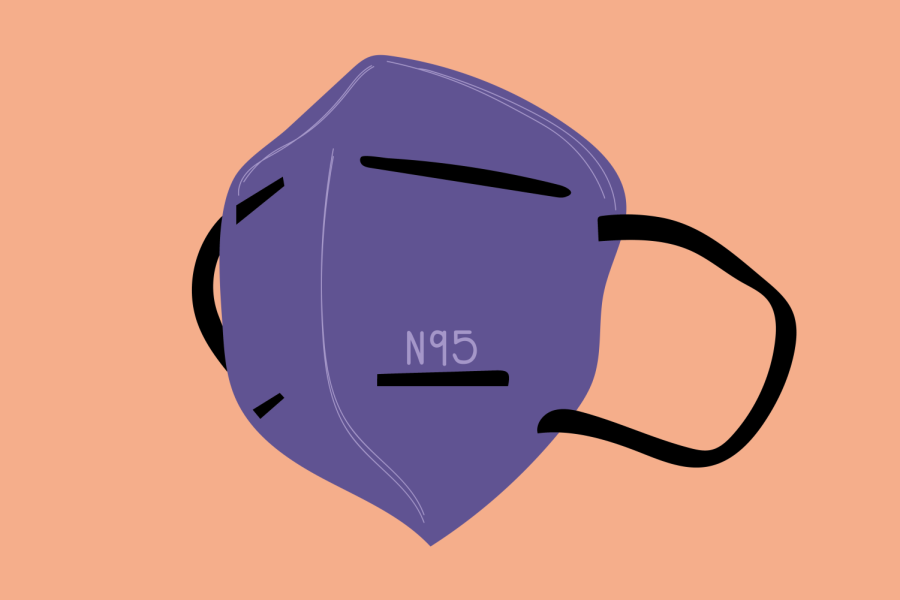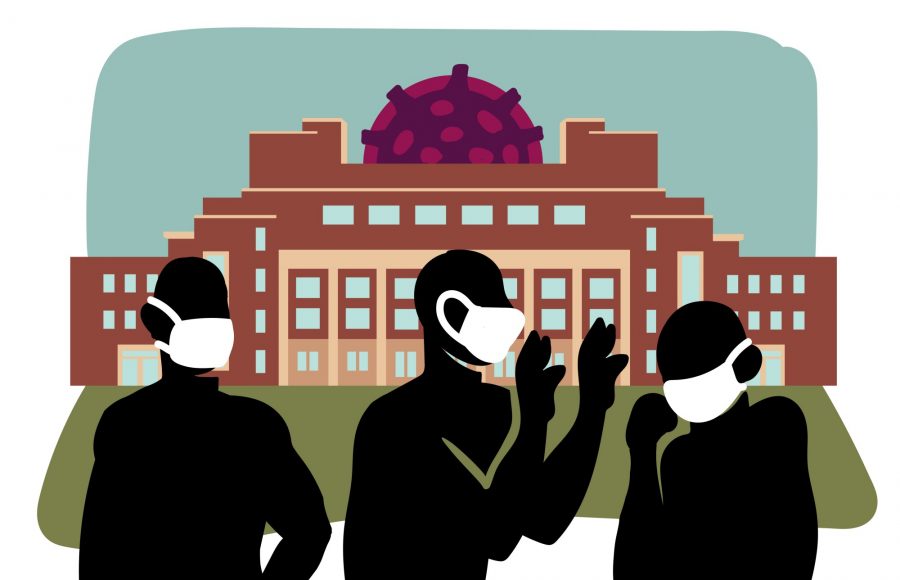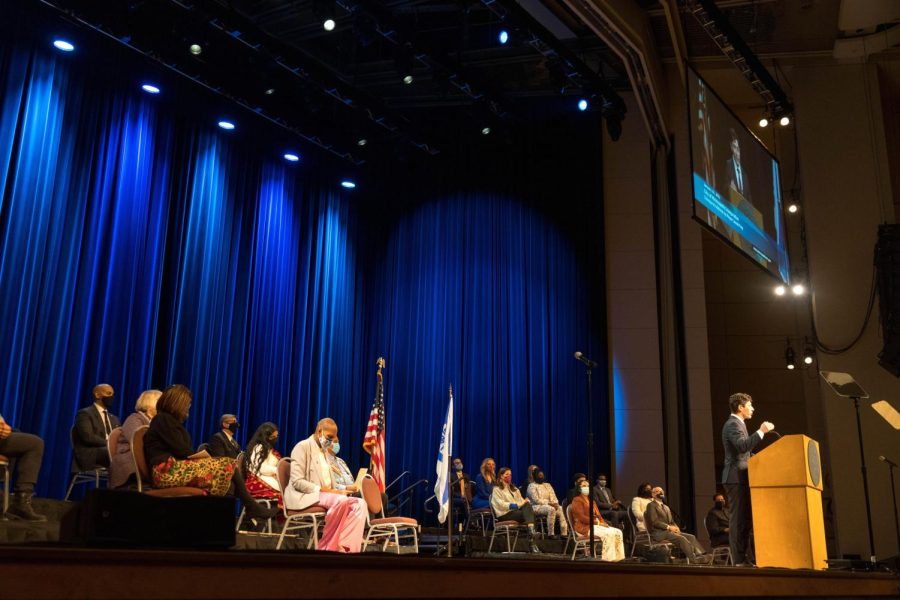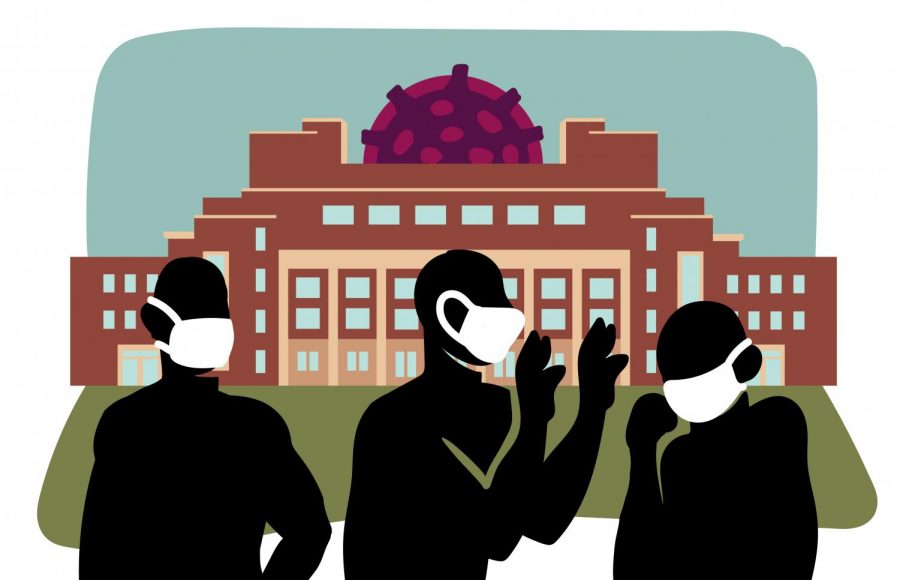Many recently graduated students are contending with concerns about healthcare as the economy plunges into a recession.
According to a 2017 Agile Health Insurance survey, 72% of college students and recent graduates nationwide have difficulty finding affordable healthcare coverage. Some former University of Minnesota students are now struggling even more to navigate healthcare options before reaching the end of their coverage as the job market faces uncertainty in the COVID-19 pandemic.
Fall and spring enrollment numbers for the University of Minnesota’s Student Health Benefit Plan vary between just under 9,000 students to nearly 10,500 some years. In March 2020, 8,345 students were enrolled, not including dependents.
Nontraditional graduate student Afton Kelly switched over to the University’s health insurance plan after aging out of her parents’ Affordable Care Act coverage when she turned 26. Since graduating in May, Kelly expects to join the 27 million Americans who may have lost coverage this year due to the pandemic.
“I’m anticipating a gap in coverage, assuming that I can’t find a full-time job that would allow me to buy my own insurance or a job that has healthcare included,” Kelly said.
University coverage works on a semester-by-semester basis. Those enrolled in the spring are covered by the University’s insurance through the following summer. Last month, Kelly started a petition calling for the University to extend the coverage of 2020 graduates through to the end of the calendar year. More than 100 people have signed the petition as of Saturday afternoon.
“I’ve had overwhelmingly positive responses as far as comments go, but it’s not really seeing the takeoff that I was hoping for,” Kelly said. “I have a lot of friends from classes that are still under their parents’ insurance as well. It’s just one of those weird niche things where I know we’re out there, it’s just a matter of getting in touch.”
Students looking to extend their current coverage can apply for an already existing short-term extension plan for $212. This plan would extend their coverage one week from the current deadline of Aug. 23 through the end of August, according to the Office of Student Health Benefits website.
University officials also said a wealth of options are available to those who are eligible and able to afford them.
Greg Thurston, director of the OSHB, pointed to exchange options and government subsidy options, as well as seeking refuge under parents’ ACA plans for graduates who are under 26. Individuals can exchange their student healthcare for comparable options, such as state-funded health insurance.
“I think the plan is working pretty well,” Thurston said. “I understand that it’s a stressful time for people. I think people need to be aware that there are alternatives when they leave the University. I’m personally not aware of any university that allows former students coverage beyond the [summer window].”
Lynn Blewett, a researcher and professor in the School of Public Health, noted that students can capitalize on the special enrollment period under MNSure, which they may qualify for if they are Minnesota residents. She also said low-income grads may want to evaluate options under Medicaid or MinnesotaCare, which can be done without a special window exemption.
“I think the issue is kind of knowing what the options are,” Blewett said.







